In a tropical country such as the Philippines, an aircon is no longer a luxury item but a necessity to combat the high heat and humidity. In fact, more Filipinos are buying an air conditioner now more than ever, and because you’re reading this, you may be buying one for yourself as well!
There are a lot of questions to ask yourself when you’re buying a new aircon: What size should I get? What type? Should I get an inverter or a non-inverter?
Since you will be stuck with one model of air conditioner for the next decade or so – and not to mention that they are expensive to buy and to operate – finding the best air conditioner model is crucial. That is why I’ve written this comprehensive yet concise aircon buyer’s guide to help find the best model for you!
- First things first: know your room size
- How to estimate your aircon’s cooling capacity
- Look at the aircon’s energy guide label (EER)
- How to calculate its electricity cost
- Will you go for an Inverter or a non-inverter?
- Different types of aircon
- Where to place your aircon
- Other features to consider
- Conclusion
First things first: know your room size
Choosing the right cooling capacity for your aircon will have a big effect on your comfort and your electricity bill. If you choose a model that is too small for your room, it won’t cool it quickly and efficiently; if it’s too powerful, then it can waste energy and not remove as much humidity as it should.
Measuring the size of the room is the most crucial step for aircon buyers, as it is the main factor that will determine how much cooling capacity your air conditioner will need. You can have a site survey done by a professional to help you find the right size for your aircon. In most cases, measuring the floor area of the room using a tape measure will suffice.
Note: An air conditioner’s recommended floor area is measured in square meters (sqm or m2), so use that as the unit of measurement for your room instead of measuring in square feet.
How to estimate your aircon’s cooling capacity
An air conditioner’s cooling capacity is the amount of heat it can remove per hour of operation. This is usually measured in British Thermal Units (BTU), but in the Philippines, an air conditioner’s cooling capacity is measured in kilojoules/hour (kJ/hr).
To get a rough calculation, multiply your room size by 500. For example, if your room is 10 sqm. in size, you will need an aircon with at least 5,000 kJ/hr of cooling capacity – which most 0.5 HP window type air conditioners have. Here is a cheat sheet to help you estimate quickly:
[wpdatatable id=1]
An important note: this table does not consider the room’s heat load (i.e. exposure to the sun, roofing and wall material, and the number of people and appliances in use) – this is what you’ll be missing if you didn’t go through with a professional site survey.
To get a more accurate calculation, refer to our article here about finding the proper aircon capacity for your room size.
Look at the aircon’s energy guide label (EER)
Air conditioners are notoriously expensive to operate, hence energy efficiency is one of the most important factors that you should take into account when buying a new aircon.
The fastest and easiest way to tell if a model is energy efficient is by looking at how high its energy efficiency ratio (EER) is. The EER is prominently displayed on the aircon’s energy guide label. This number will tell you how efficiently an air conditioner uses its power to cool the air. A high EER number means that that particular model is more energy-efficient, and therefore has a lower operating cost.
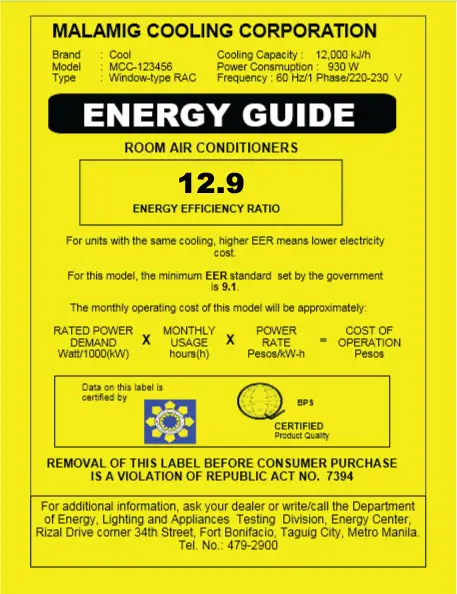
Note: The energy label goes by many names. People refer to it as the EER Label or just the Yellow Label.
How to calculate its electricity cost
While knowing the aircon’s EER is helpful, it won’t tell you how much it costs to operate the unit; it will only tell you which model is more efficient in relation to another model of the same category. To compute the monthly electricity cost for air conditioners, we will use the following computation:
(Power Consumption/1000) x Hours of use x Power Rate =
Daily Electricity Cost
For this example, we will estimate that the electricity rate in your area is ₱9.00/kWh. We will also be assuming that you will use your aircon for 8 hours everyday.
Since the power consumption figure is in watts (W) but the electricity rate is in kilowatt per hour (kWh), we need to divide the power consumption (930W) by 1,000. In this case, it’s 0.93 kWh. Now, we are ready to compute:
[wpdatatable id=2]
Do note that this is only an estimation. Other factors such as where the air conditioner is placed or how you use it will have an effect on your bill.
Will you go for an Inverter or a non-inverter?
If you are concerned about the high electricity cost of your aircon, you should look into inverter aircon models.
Simply put, an inverter is a device that controls the frequency of the incoming electrical current that goes to the aircon’s compressor; this allows the compressor to operate at variable speeds.
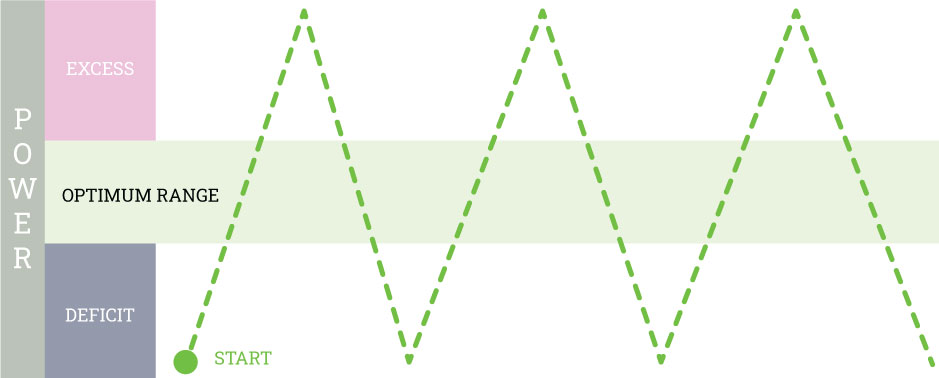
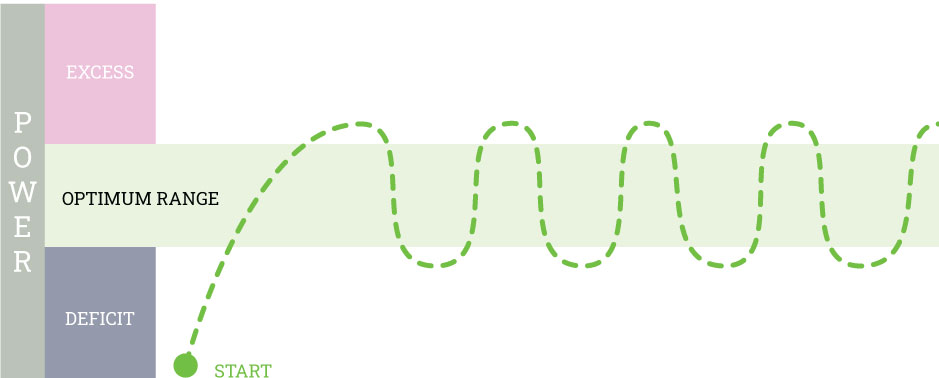
After reaching the desired temperature, an inverter aircon does not completely shut off. Instead, it operates at a lower speed to maintain the set temperature. This allows inverter-equipped compressors to save energy in the long run.
There are a lot of benefits that inverters give you, but the foremost is that is saves energy and therefore saves you money in the long run. Also they are usually priced around ₱10,000 more compared to non-inverter models of the same capacity.
How much does an inverter aircon save?
To give you a quick comparison, we’ve pitted two 1.0HP window type air conditioners from Sharp (one is an inverter; the other a non-inverter):
Non-inverter
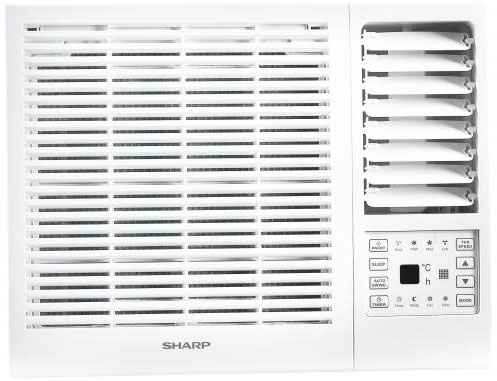
[wpdatatable id=3]
Inverter
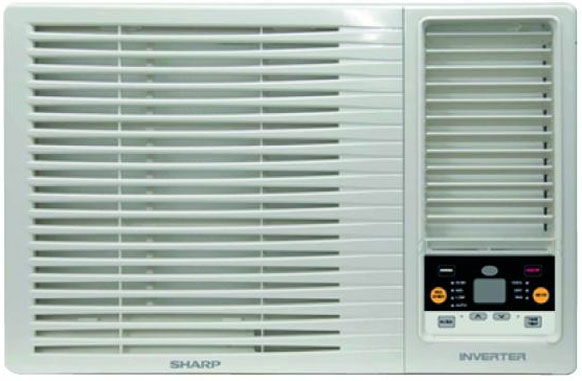
[wpdatatable id=4]
Using the same computation in the earlier section, we arrived with the following estimates:
[wpdatatable id=5]
Read our deeper dive on the inverter vs. non-inverter aircon comparison in this article.
Different types of aircon
There are four types of residential air conditioners available in the Philippines – each with their strengths and weaknesses. Choose the one that makes the most sense to your space, budget, and needs.
Window Type Aircon
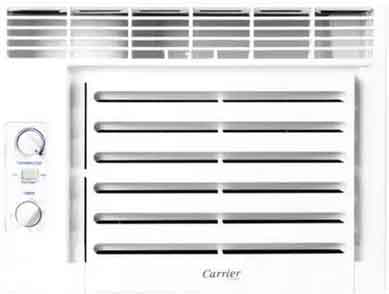
Window type air conditioners are most common type found in the Philippines. Most houses and condos already have a space in the wall allocated for the unit. You can use an air conditioner frame/insulation to fill in the gaps if the hole is too large.
Window air conditioners are easy to install. There is no need for professional help when setting it up. Most brands include a free wall bracket as well, making installation more convenient.
This type of aircon is perfect for small rooms, as the smallest capacity available is at 5,000 kJ/hr (0.5HP) – perfect for small rooms below 10 square meters. In contrast, the other types of air conditioners start at 9,500 kJ/hr (1.0HP).
Pros:
-
Easy installation
-
Good for small rooms
-
Affordable
Cons:
-
Noisy
-
Inefficient in large rooms
-
Limited features
We’ve written about the average wattage of a window type AC and identified the model that has the highest EER. You may want to check that out before heading out to the store.
Split Type Aircon

As the name implies, a split type aircon splits into an indoor and an outdoor component. The indoor unit is the one that blows cold air into the room. This is connected to the outdoor unit, which houses the compressor and the condenser. Since the compressor is located outside of your house, a split type aircon is generally more quiet than a window type.
They are more efficient in cooling as well, as the split type’s wide louver allows a wider coverage of airflow compared to window ACs. However, they are not a plug-and-play installation, as you need professional installers to set up your split type air conditioner.
Also, the cooling capacity for this type starts at 9,500 kJ/hr (1.0HP), which is not recommended for small rooms below 15 sqm.
Pros:
-
More efficient
-
Less noise
-
Lots of features
Cons
-
Expensive
-
Can’t install yourself
-
Incompatible for small rooms
We have delved deeper into the window type vs. split type debate in a separate article. You may want to check that out!
Portable Type Aircon

If you can’t mount an AC on your wall for whatever reason, you may want to look into portable air conditioner models. Much like a window type, a portable air conditioner also combines both the indoor and outdoor components into one unit. The difference is that the whole unit is located indoor.
However, because the entire unit is inside your home, the heat that is emitted from the compressor and the condenser will be picked up by the AC’s thermostat, making it work harder than it needs too, which makes it less efficient.
You should also keep in mind that while they are portable, it doesn’t mean that you can just set them up just anywhere.The hot air from the condenser is transferred outside of the house through an exhaust tube that vents out through a window – and that window needs to have a vertical opening or horizontal opening so that the paraphernalia for the exhaust can be installed.
Also, the water droplets that form because of the condensation will not have a way to escape outside, which is why portable air conditioners have a water to tank that you’ll have to empty from time to time.
Pros:
-
Portable
-
Easy to install and uninstall
Cons:
-
Takes up floor space
-
Noisy
-
Generally less efficient
-
You have to empty a water tank
If you want to find out how a portable type AC stacks up against a split type aircon, read our previous article where we discuss this topic.
Floor Standing Aircon

If you have a large room, a floor standing unit may be your best option instead of purchasing multiple split type units.
A floor standing air conditioner is technically a split type system, as the indoor component is separated from the outdoor component, but the indoor unit is considerably larger and heavier – and yes, it stands on the floor, hence the name.
This type is mostly reserved for businesses or offices, but if your living room (and wallet) is large enough, this can be a viable option.
Do note that the cooling capacity for this type starts at 36,000 kJ/hr (~4.0HP). One floor standing AC unit can be enough to cool a 72 sqm. room. This removes the need to buy multiple split type models. This also saves space outside of your home, as only one outdoor unit is needed.
Also, you have no choice but to hire professional installers for this; not only is the piping and wiring complicated, the unit is so heavy that you can’t do it on your own.
Pros
-
Powerful
-
Heavy-duty
-
Built for large rooms
Cons
-
Expensive upfront
-
Expensive to operate
-
Hard and costly to install
-
Takes up floor space
Where to place your aircon
Generally, you should place the aircon unit at a central location in your room so that the cold air will be efficiently distributed.
Since cold air sinks to the bottom of the room, make sure to place the unit high enough to help cool the room evenly. The best height for window type units is 3-4 feet off the ground, while a split type should be 7-8 feet up.
If you are setting it up for the bedroom, it is best to place it at the wall behind the headboard so that the cold air won’t be too harsh and uncomfortable. Also, don’t put your aircon near sources of heat (like other appliances, light bulbs, direct sunlight) as the thermostat can pick up their heat signatures and signal the compressor to work harder.
Further reading: Where To Place Your Aircon For Better Energy Efficiency
Other features to consider
- Ionizers/air purifiers. Some brands offer models with an air-purifying feature that not only deodorizes, but kill viruses and bacteria, keeping your family safe.
- Wifi Ready. If you are on the techy side, some models can be connected to the internet and it will let monitor and adjust the settings of your AC from your phone via an app.
- Voltage Protection. Some owners connect their units to a separate circuit breaker just for this purpose. Some models have built-in protection against voltage fluctuations, so you better check out which ones do.
Conclusion
Are you ready to buy a new aircon now? I hope that this aircon buyers guide has served you well.
Now that you know what to look for in an air conditioner, you can now narrow down your choices to make the whole decision-making process easier.
References
- https://www.samsung.com/in/support/home-appliances/what-is-the-best-height-for-air-con-installation/
- https://www.doe.gov.ph/sites/default/files/pdf/consumer_connect/2016-consumer_guide_for_rac.pdf
- https://www.doe.gov.ph/sites/default/files/pdf/consumer_connect/properly_sized_room_air_conditioners.pdf

Miguel Mores worked for 5 years as a member of the product management team for a home appliance company in the Philippines. He started 101appliance to answer the most common customer questions that he has encountered during his time in the industry. He now works in the digital marketing field and manages a small online bookstore on the side.

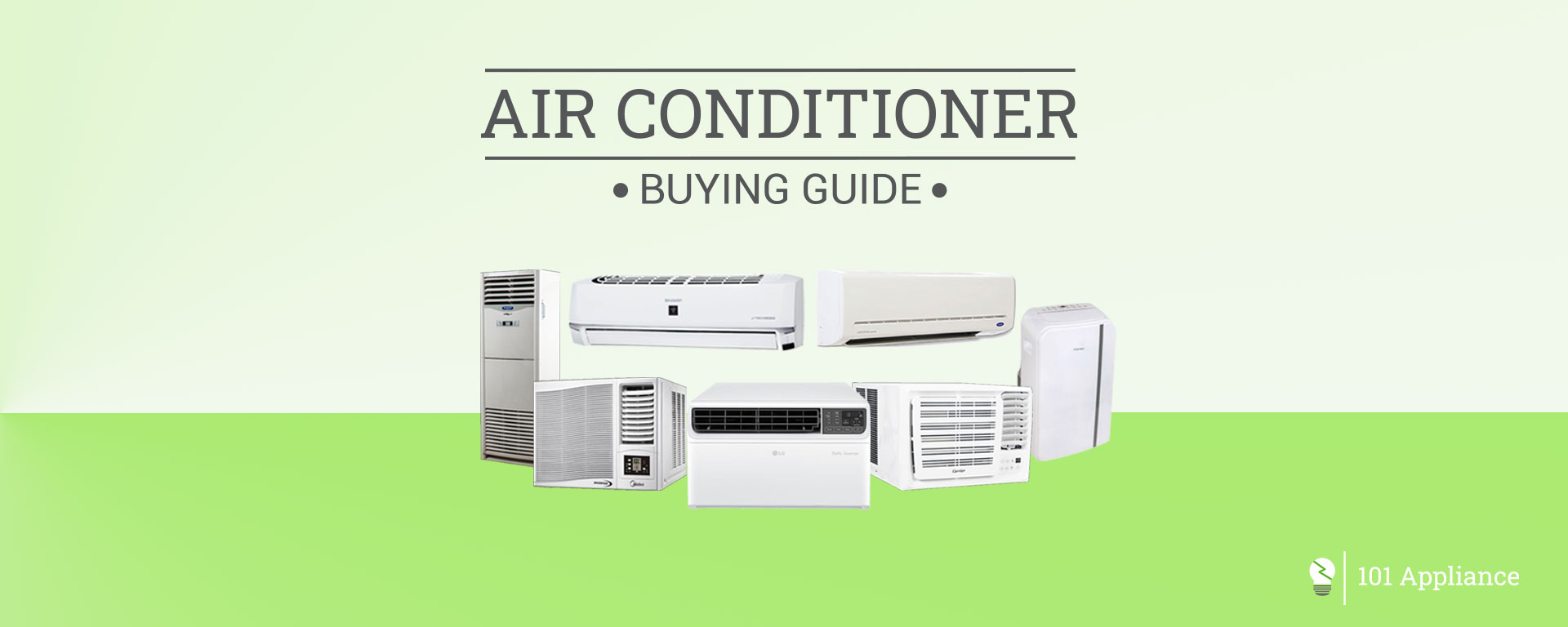
Good day,
Alin po bang brand nh split type inverter aircon na kapag binuksan mo eh gagana na kaagad ang inverter feature nya, kasi balita ko yung ibang split type inverter aircon eh after 8 hrs pa daw bago gumana ang inverter which is hindi ri pala nakakatipid diba.
Hi! Actually, that is a misconception. All inverters work the moment the are turned on, and the myth about the “8-hour inverter rule” is due to a miscommunication. I’ve actually written about these misconceptions about inverters in this article.
thank you for your informative page….
question po: what is the best time or season to purchase aircon..getting ready po to purchase 6 units for my mini resort…split inverter type
Great article for first time buyers !!!
Informative! Thanks for your diligence in writing this article.
It makes sense that technically speaking, a floor-standing air conditioner is a split type system because the interior and outdoor parts are distinct, but the indoor unit is much larger and heavier and does, in fact, stand on the floor, hence the name. I actually have the same unit in my home that’s been sitting in my garage for a few months now. Maybe this is a sign to call an air conditioning repair expert that can have that one running again in no time.